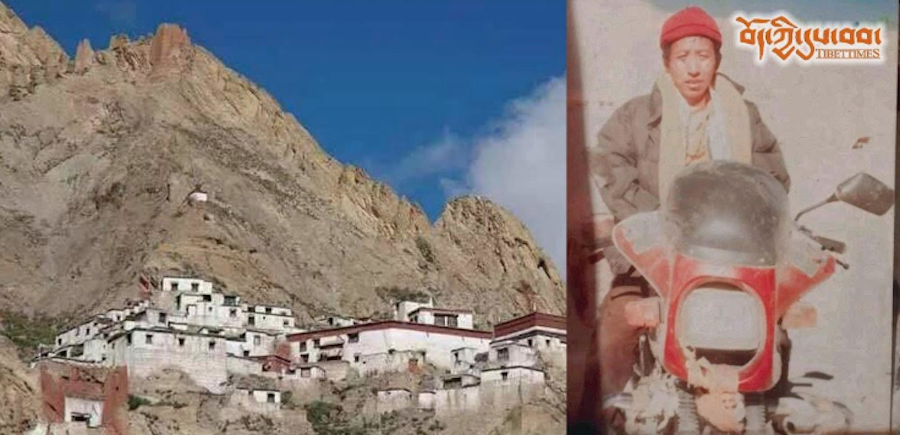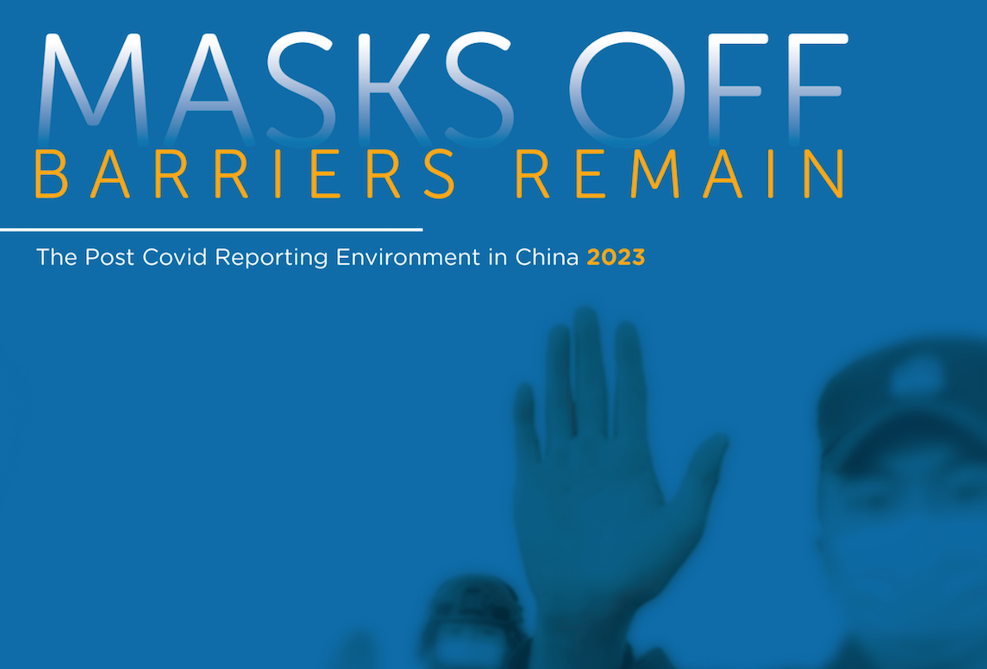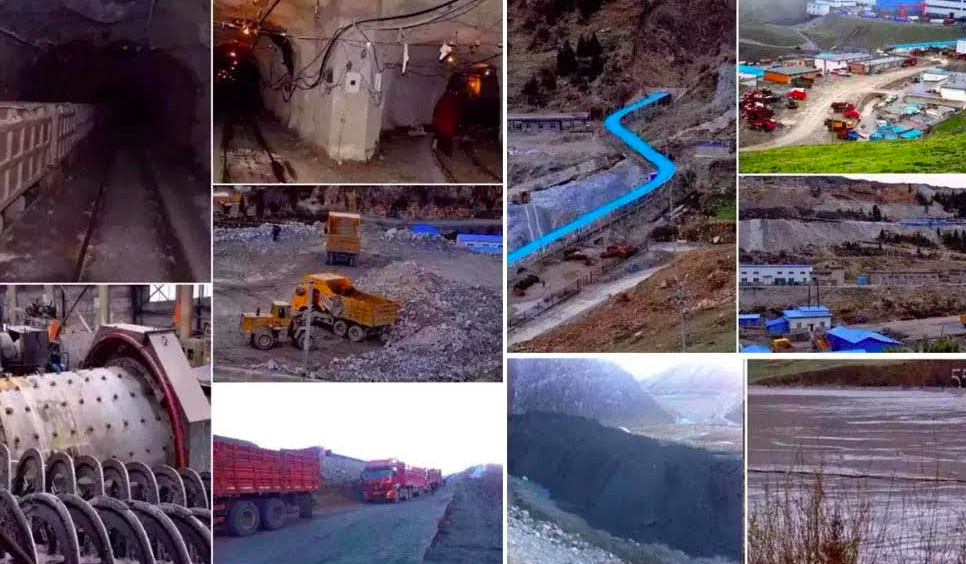By Tsewang Dorji
In future whatever happens inside Tibet may matter for the Indian security environment and also that of Asia as well.
For the past few years, the People’s Liberation Army (PLA) has upgraded its high-tech weapons and conducted a series of live-fire military exercises along the Himalayan borders and in Tibet. For Instance, Global Times reported on 5 January, 2020 that “China’s latest weapons including the Type 15 tank and the new 155-millimeter vehicle-mounted Howitzer were deployed in Southwest China’s Tibet Autonomous Region as the People’s Liberation Army (PLA) began a first round of exercises in 2020…”.
After Xi Jinping came to power, a major reorganisation of the PLA was carried out in 2015 and later in February 2016, the seven military regions were reorganised into five theatre commands. During the official flag-conferring ceremony held in Beijing on 1 February, 2016, Xi, also chairman of the Central Military Commission (CMC), “urged the theate commands to improve their ability to command and strengthen joint command and action to complete the tasks of routine combat readiness and military actions”.
Since then, there have been different intensive military exercises which also involved joint military exercises between different theatre commands, including the Western Theatre Command, which overlooks the security of East Turkestan (Xinjiang) and Tibet. All this centralisation of the command system indicates that China is planning to create a new front in the Indo-Tibet border.
In other words, China’s growing number of military exercises in Tibet increases the threat that India faces.
During the military and diplomatic stand-off along the Line of Actual Control (LAC) on the Galwan Valley in June last year, despite pursuing a negotiation with India, satellite images proved that the PLA has been actively upgrading its military infrastructure. While pressuring India to stop the construction of roads in the Galwan Valley and Pangong Tso, China continues to develop an enhanced transport network and military infrastructure across Tibet bordering India.
This is further proved by the satellite images released by the space technology company Maxar. The structures consisting of bunkers, tents and storage units for military hardware built by the PLA overlooking the Galwan River were not visible in aerial photographs earlier in June. Hence, in dealing with India, there is a dualistic approach from Communist China.
Shishir Gupta, author of the Himalayan Face-off: Chinese Assertion and the Indian Riposte, reported in Hindustan Times on 20 November, 2020 that “Military commanders and national security planners who spoke on condition of anonymity said that over the past month they noticed the PLA engage in road construction at Churup village right across Kaurik pass in the central sector and that it has placed new container housing modules around Tunjum La, north of the contested Barahoti plains in Uttarakhand, just 4 km from the 565 km LAC in Himachal Pradesh and Uttarakhand”.
However, the construction of a road right across Kaurik pass threatens the security of India. Not only this, the existence of the East Turkestan-Tibet highway, which is closer to Kaurik pass, is one of the important strategic roads for the deployments of PLA’s soldiers and military hardware during the time of 1962 border war with India.
On 29 May, Chief Minister of Himachal Pradesh Jai Ram Thakur along with Director-General of Police Sanjay Kundu visited the forward areas of Lepcha in Kinnaur and Lahaul-Spiti districts.
Accompanied by cabinet minister Dr Ram Lal Markanda, after the inspection, the chief minister was quoted in Outlook as saying, “It’s true that China is building roads and ramping up other infrastructural projects along the state’s borders in the Tibet region. It appears China is planning to set up its surveillance network at some vantage point which is located at a higher elevation so as to keep an eye on our side of the borders”.
These continuous Chinese infrastructure developments on the Tibetan Plateau further confirm the importance of Tibet.
From a strategic point of view, Himachal Pradesh is important because it shares a 260-kilometre-long porous border with Tibet in Kinnaur, Lahaul and Spiti districts. Of the total border length, 140 kilometres lie in the Kinnaur district, while 80 kilometres come under Lahaul and Spiti districts. In addition to this, the outfitting of 5G at the radar station in Tibet will further enhance the military communications and support a sprawling network for the rapid deployment of army and weapons along the India-Tibet border.
For the past decade, in the name of poverty-alleviation programmes, nearly 266,000 Tibetan nomads and farmers have been transferred into 960 new relocations near Tibet’s border with India. The long-term plan of these mass relocation programes is to occupy and safeguard the Tibet border. Moreover, in Tibet, the party-state has systematically connected the major isolated border villages to highways and most of the border villages are now brought under the centralised surveillance system network.
In 2017, Communist China released its plan for the ‘Construction of Villages of Moderate Prosperity in Border Areas (2017-2020)’. The objective of this plan is guided by Xi’s governing strategy for Tibet: “[To] govern the country well we must first govern the frontiers well, and to govern the frontiers well we must first ensure the stability of Tibet”.
Despite the 11 rounds of talks between Corps Commander-level between India and China over the Indo-Tibet border, China hasn’t given up its expansionist policy towards the Himalayas.
From the military preparedness and strategic calculation, it seems China’s “early harvest strategic move” is likely to shift towards the Tibet-Himachal borderland.
Around six decades prior, George Ginsburgs and Michael Mathos aptly summed up the importance of Tibet in the following words: “He who holds Tibet dominates the Himalaya piedmont; he who dominates the Himalaya piedmont threatens the Indian subcontinent; and he who threatens the Indian subcontinent may well have all of South Asia within his reach and, with it, all of Asia”.
In short, in future whatever happens inside Tibet may matter for the Indian security environment and also that of Asia as well.
(Views expressed are his own)
The author is research fellow at the Tibet Policy Institute in Dharamsala. He holds a PhD in International Relations from the University of Madras.
Note: The piece was originally published in FirstPost on June 21, 2021. The republication in Phayul is done at the author’s request.










